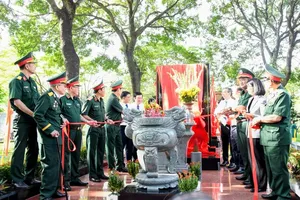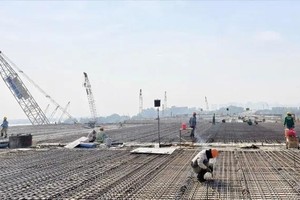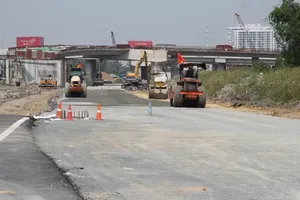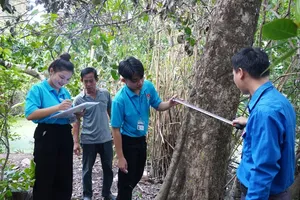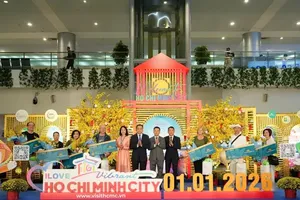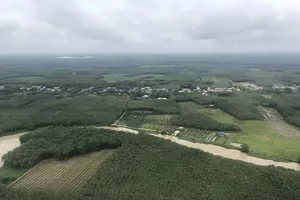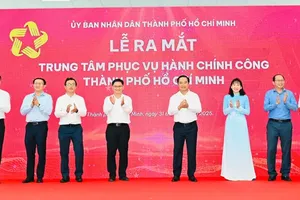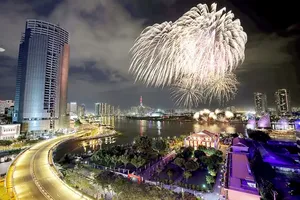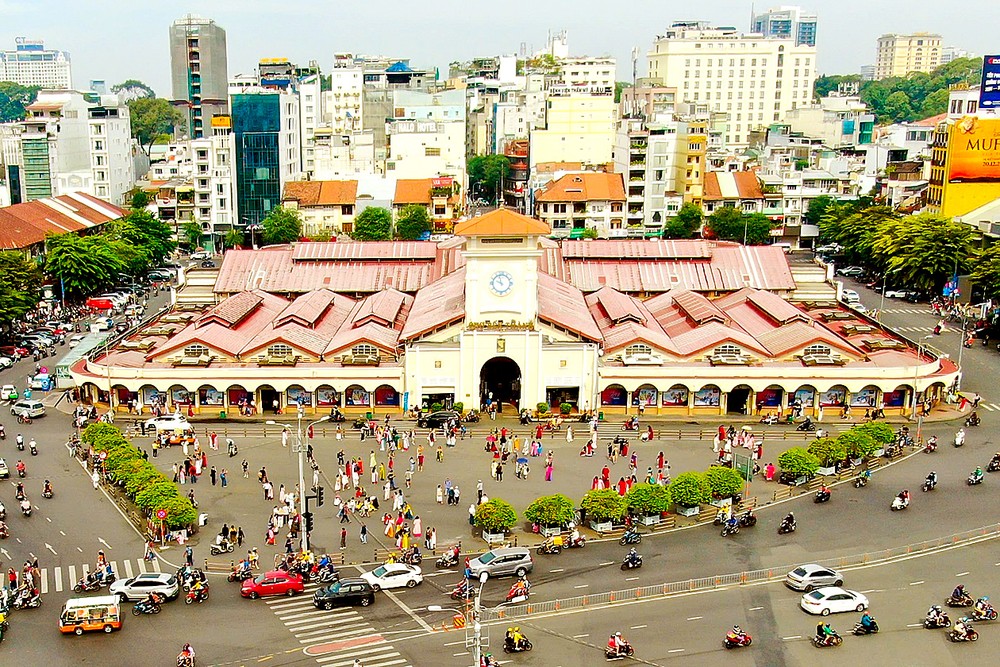
Names such as Saigon, Cho Lon, Gia Dinh, Tan Dinh, and Ben Thanh—currently under consideration for the newly restructured wards—go well beyond mere geographic labels. They encapsulate layers of memory, identity, and the city’s collective aspiration for the future.
Bridging past, present, and future
The name “Saigon” stands as a powerful testament to this phenomenon. Although officially renamed Ho Chi Minh City in 1976, the name Saigon continues to resonate deeply in the hearts of its people. More than just a place on a map, Saigon evokes a rich tapestry of iconic landmarks and cultural associations—from Notre-Dame Cathedral and the Central Post Office to the Saigon River, the land of Saigon, the people of Saigon, the flavors of Saigon cuisine, and the distinct rhythm of Saigon life. It is an evocative space of memory, poetic in its associations and profoundly ingrained in the collective consciousness of generations of residents.
According to Associate Professor Dr. Nguyen The Ky, Vice Chairman of the Central Council for Theory cum Chairman of the Criticism of Literature and Art, naming a central ward within Ho Chi Minh City’s historic core “Saigon” is both appropriate and meaningful. Such a designation not only revives a name steeped in heritage, but also forges an enduring link between past, present, and future. Reinstating this name on the administrative map is not merely a tribute to what once was—it is a deliberate affirmation of the enduring values that have shaped the soul of the city.
Cultural symbolism and a catalyst for development
The resonance of these names extends beyond “Saigon.” Names like “Cho Lon,” “Gia Dinh,” “Tan Dinh,” and “Ben Thanh” each embody distinct layers of cultural, historical, and economic significance. According to Dr. Huynh Thanh Dien, Lecturer at Nguyen Tat Thanh University, these are not simply geographical labels but “emotional coordinates” that carry within them the narrative of vibrant, diverse communities that have helped shape the city. Their evocative power not only enhances recognition but also serves as a strategic asset in media, tourism, and urban branding.
When names are anchored in the right place, reflective of the spirit and character of the area, they can become powerful tools of collective identity and civic pride. A ward named “Cho Lon,” for instance, located in the area historically known as a bustling commercial hub for the Chinese-Vietnamese community, would create a distinct cultural footprint. It would not only preserve and celebrate a unique urban heritage but also foster cultural tourism and reinforce social cohesion.
As noted by MA Nguyen Tuan Anh from Saigon Industry Corporation, a name is far more than an administrative identifier. It is a cultural emblem, a source of inspiration, and a form of soft power that can breathe life into the urban landscape.
A tribute to history and urban memory
Naming a ward is not merely an administrative act—it is an exercise in identity, an evocation of urban memory, and above all, a gesture of historical reverence. Names associated with “red addresses”—sites marked by revolutionary victories, profound sacrifices, and the contributions of earlier generations—deserve thoughtful consideration. Preserving and honoring such names is a way for the present to pay homage to those who helped shape the soul of this land.
Dr. Nguyen Duc Quyen from the HCMC Cadre Academy underscores that, names like Gia Dinh, Cho Quan, An Dong, and Cho Lon are not mere echoes of the past; they are integral to the spiritual fabric of the city. These are not just relics of history, but enduring symbols of the lived experience of generations. When citizens recognize cultural and historical value embedded in the very name of their neighborhood, it fosters a profound sense of belonging. In turn, this deep-rooted connection nurtures civic pride and a collective commitment to preserving and cherishing the city’s heritage, encouraging a living culture of remembrance and shared responsibility.

However, the renaming of wards cannot be a top-down imposition. For the process to succeed and earn widespread public support, it must be inclusive—people need to be heard, consulted, and actively engaged. A new name has far-reaching implications for residents, affecting everything from legal documents to social identity. This is why organized rounds of community input are not just helpful—they are essential.
According to Dr. Huynh Thanh Dien, public participation does more than identify names aligned with local character; it also helps diffuse potential resistance and lays the groundwork for a smoother administrative transition. When a name resonates with shared memory and collective emotion, it transcends its function as a mere label. It becomes a symbolic “identifier”—a powerful source of cohesion and pride that strengthens the community from within.
District 1 proposes naming new ward “Saigon”
District 1 has proposed merging ten wards into four: Tan Dinh, Saigon, Ben Thanh, and Cau Ong Lanh. The proposed Saigon Ward would span 3.038 square kilometers with over 47,000 residents, covering parts of Nguyen Thai Binh, Da Kao, and all of Ben Nghe wards.
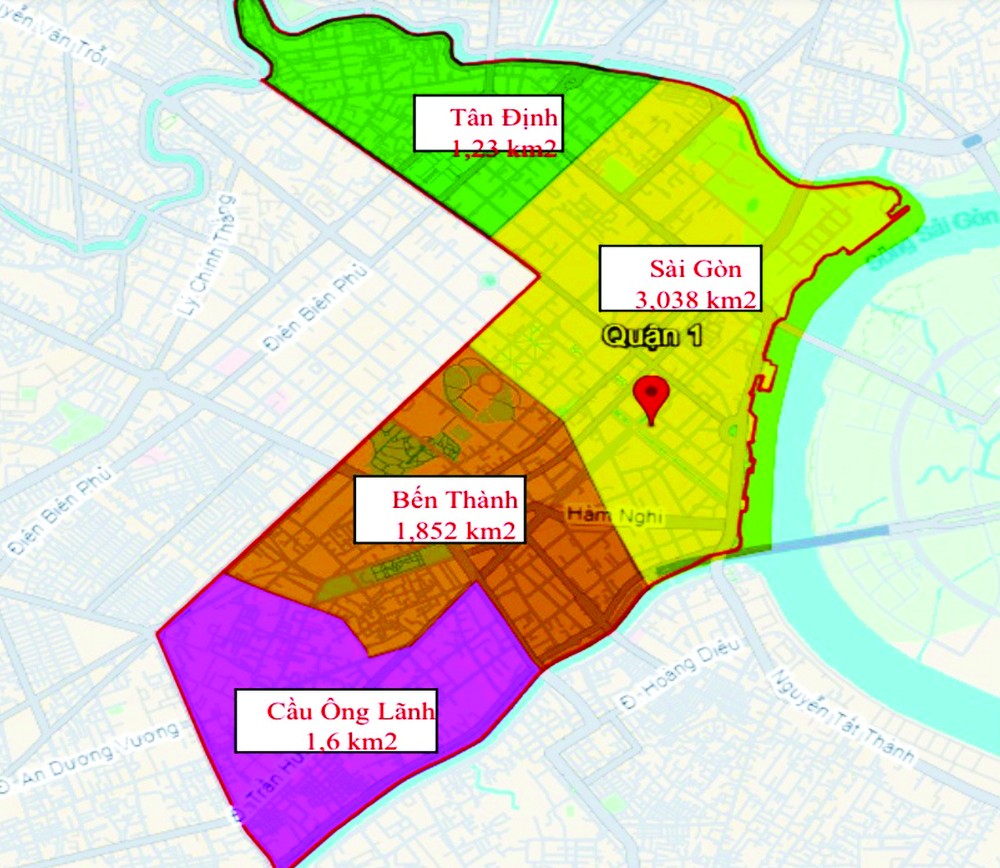
Authorities say the name “Saigon” is fitting for the area’s central location and rich urban character. This historic core includes landmarks like the HCMC Opera House, Central Post Office, Notre-Dame Cathedral, and major streets like Dong Khoi and Le Loi. It also borders the Saigon River, reinforcing its cultural and historical significance.
More than a name, “Saigon” symbolizes continuity between past and present. It evokes pride, memory, and identity for generations of residents, reflecting Ho Chi Minh City’s dynamic spirit and deep respect for its heritage.
Toward a modern and distinctive metropolis
Another important consideration in renaming wards lies in the development of a clear and comprehensive set of criteria. According to MA Nguyen Tuan Anh, this framework should encompass historical and cultural significance, geographical representation, distinctiveness from other administrative units, memorability, ease of pronunciation, and alignment with the city’s long-term development goals. At the same time, creating an “urban name bank” — a curated repository of symbolically rich names — would make the naming process more systematic and adaptable to different stages of urban transformation.
Dr. Huynh Thanh Dien stated that as Ho Chi Minh City undergoes rapid transformation to become a smart, dynamic, and modern metropolis, the reconfiguration of administrative names must be seen as an integral component of the city’s overarching development strategy. A well-structured naming system would significantly enhance urban planning, land management, transportation coordination, and the delivery of public services. More than an operational convenience, it reflects forward-looking urban governance and strategic foresight.
A new naming scheme must go hand in hand with robust and efficient administrative infrastructure. Following the consolidation of wards, which results in larger jurisdictions and growing populations, the risk of administrative delays becomes real if not met with appropriate investment in infrastructure, technology, workflows, and human resources. In such a context, choosing names that are intuitive, geographically relevant, and easily retained in public memory plays a critical role in supporting administrative functions — from data retrieval and document routing to the provision of digital public services. A thoughtfully chosen name can function as an effective “identity code,” helping boost administrative efficiency and drive practical reforms.
Moreover, this renaming effort presents a unique opportunity to build a smarter, more integrated urban and geographic data system — essential for managing a complex and fast-evolving metropolis. A naming structure that is well-planned, distinctive, and culturally resonant can greatly enhance the effectiveness of land-use planning, transportation systems, fire safety, and other core public services. In this way, names become more than just markers on a map — they are instruments for shaping and situating urban space in ways that are forward-thinking, community-oriented, and geared toward sustainable development.
Ultimately, honoring and embedding the historical and cultural significance of each name is not merely symbolic — it is a strategic move that deepens the city’s identity and breathes life into a vision of a future-facing metropolis grounded in its heritage.
